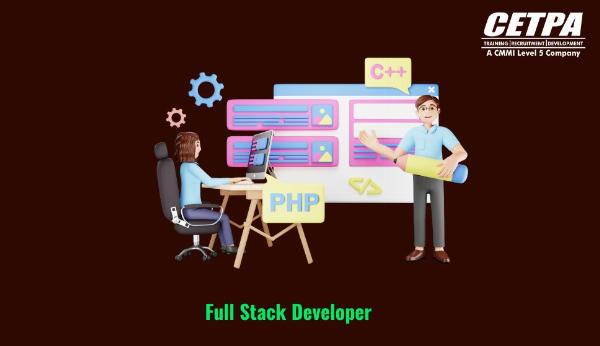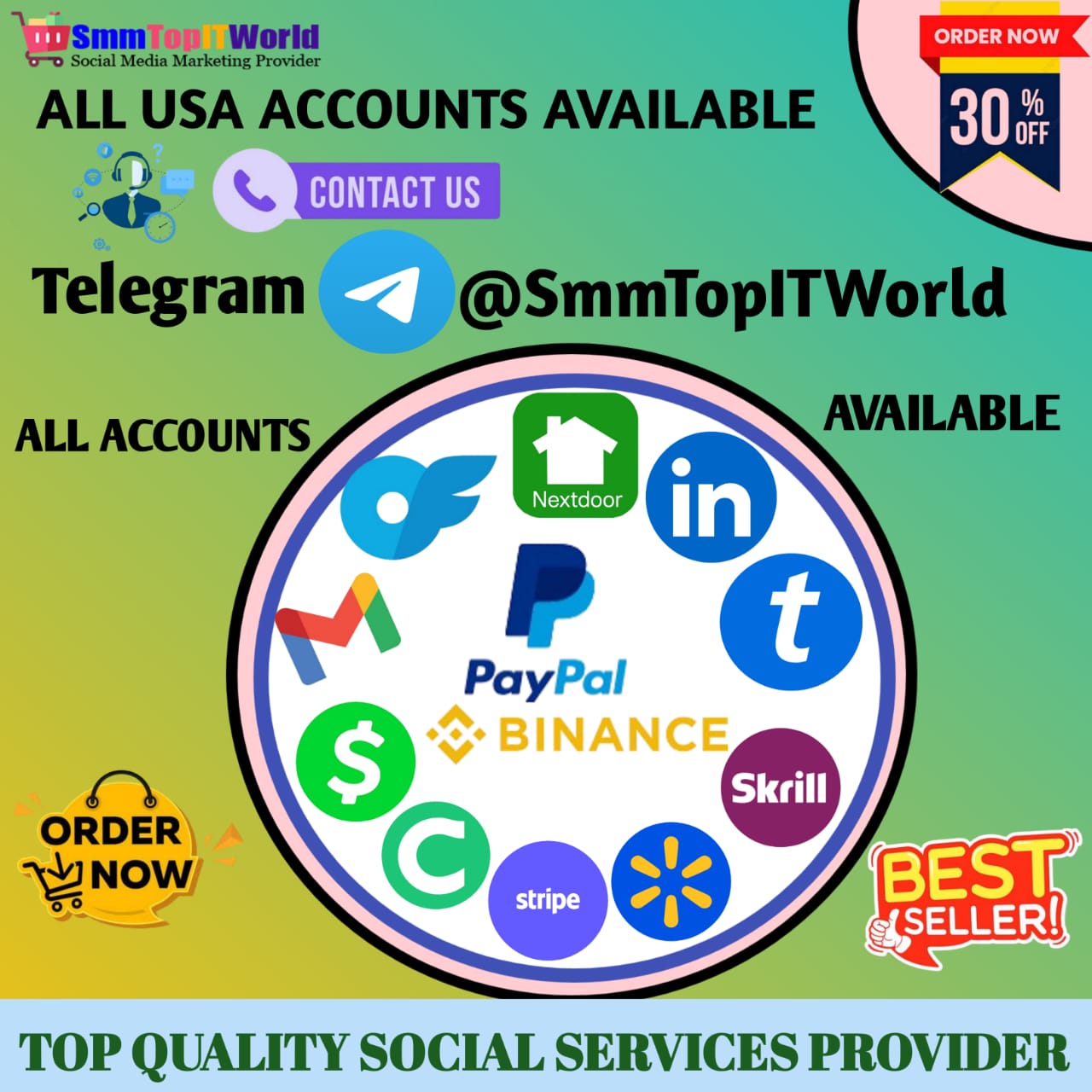The Pros and Cons of Industrial Design Agencies vs. In-House Teams: A Comprehensive Guide for Product Development
In the realm of product development, the role of an industrial design agency is crucial in transforming functional ideas into market-ready solutions. Whether you're launching a startup or scaling an established company, the decision between an industrial design agency and building an in-house design team can significantly shape your product strategy, budget, and long-term innovation capabilities. Industrial Design Agencies: These agencies bring a broad spectrum of experience, often working across various industries from consumer electronics to medical devices. This diversity means they can offer fresh perspectives, innovative thinking, and access to specialists like UX designers, engineers, and materials experts. In-House Teams: An internal team is deeply immersed in your company culture, product lines, and user base. They become experts in your brand’s aesthetic, vision, and manufacturing limitations, allowing for a more seamless integration of design with business strategy. Verdict: Choose an agency if you need multidisciplinary expertise or are entering a new market. Go in-house if continuity and brand cohesion are your priorities.
- Agencies: Design firms are often optimized for rapid output. They can scale teams quickly and have processes in place to deliver on tight deadlines. Their project-based model can also offer flexibility for short-term needs.
- In-House Teams: Internal teams may face longer onboarding and development times. However, they benefit from institutional knowledge and quicker internal feedback loops, which can be advantageous over time.
Verdict: For fast turnarounds or one-off projects, agencies shine. For ongoing, iterative development, in-house teams provide better long-term speed.
Cost Considerations:
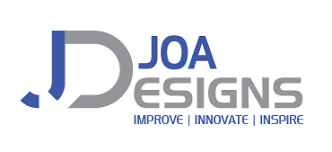
- Agencies: Hiring an agency can be costly, especially for complex or long-term projects. You're paying for access to expertise, tools, and infrastructure. However, it eliminates the costs of hiring, training, and maintaining a permanent team.
- In-House Teams: Initial costs can be high due to recruitment, salaries, benefits, and software. But over time, especially for companies with a steady design workload, this model can become more cost-effective.
Verdict: Agencies are ideal for startups or companies with fluctuating needs. In-house becomes economical if you consistently require design support.
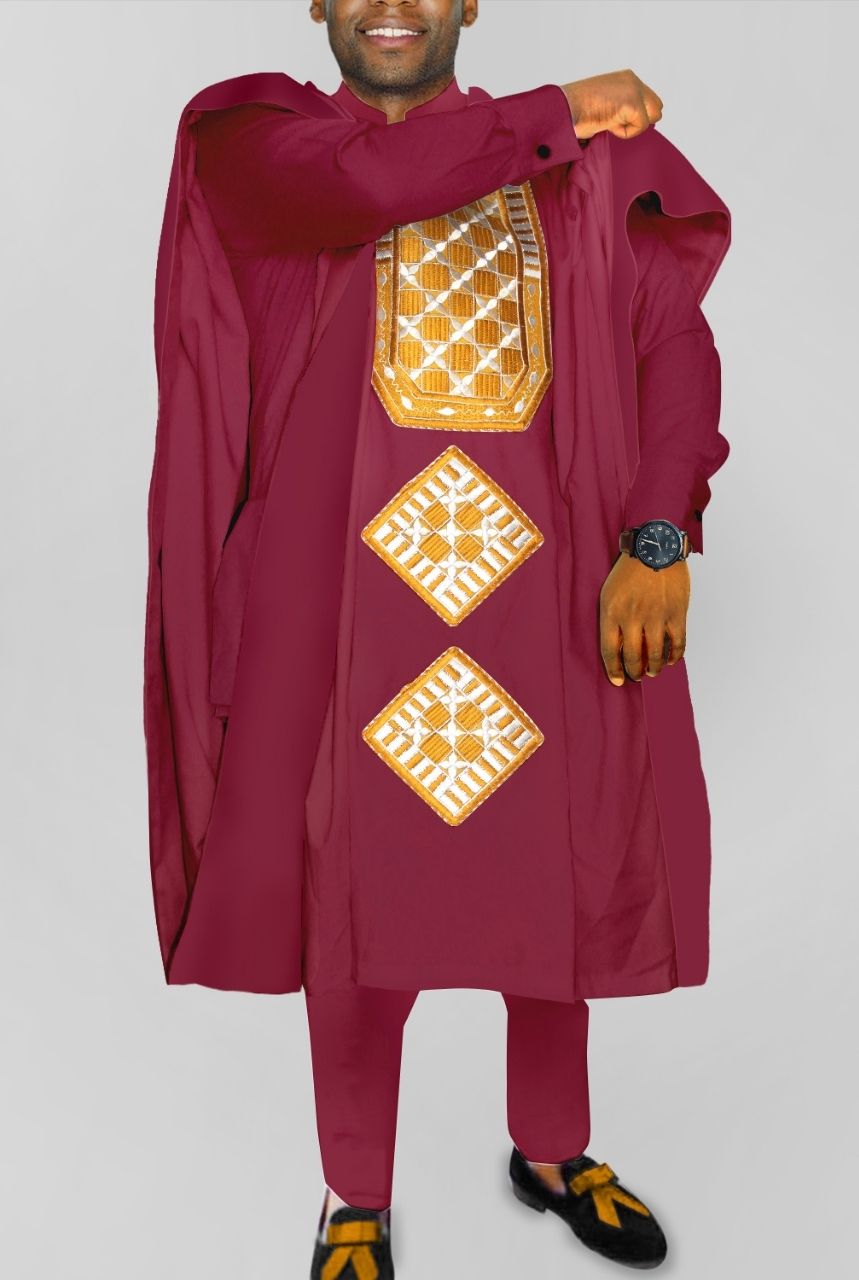
Collaboration and Control:
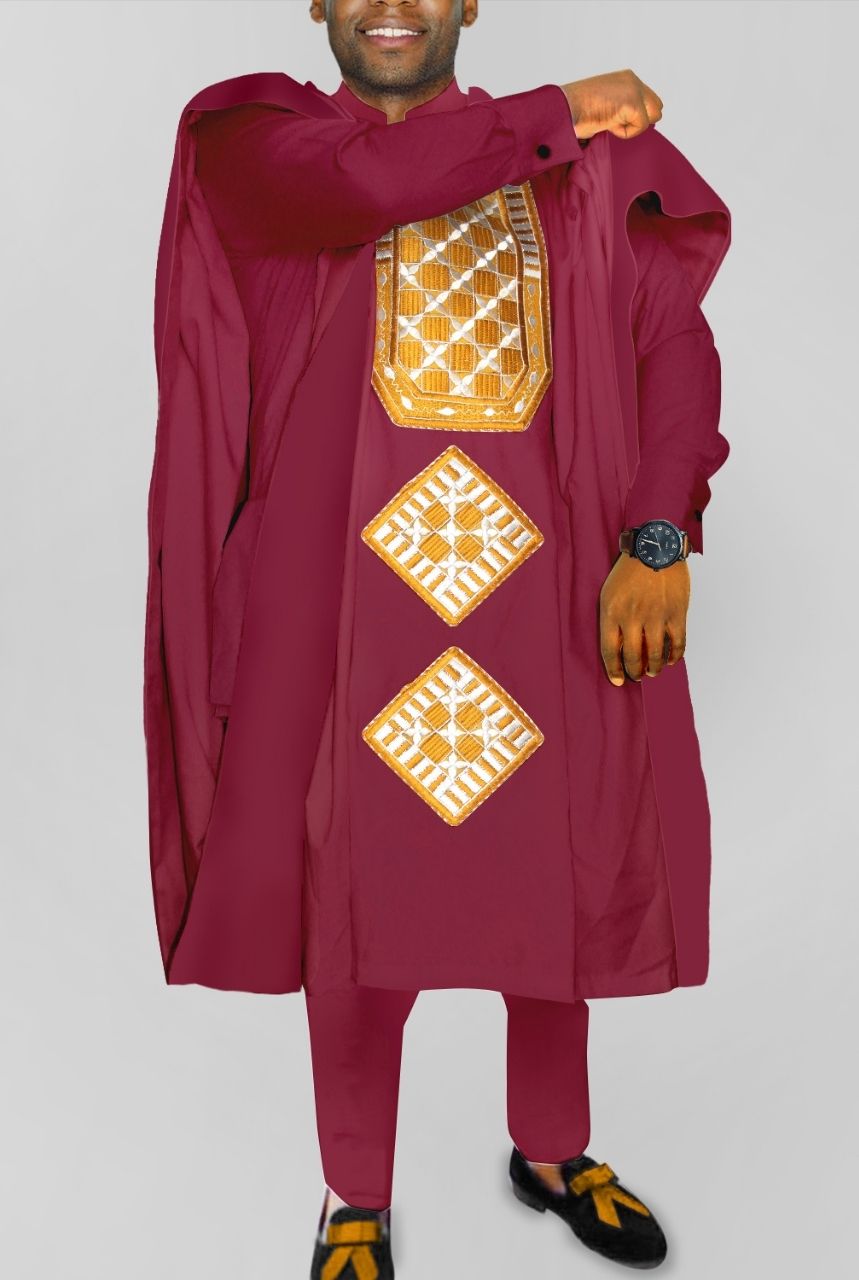
- Agencies: External teams can bring a level of objectivity and challenge internal assumptions. However, they may lack context and require detailed briefs, which can lead to communication overhead.
- In-House Teams: With daily access to cross-functional teams, in-house designers can collaborate more closely with engineering, marketing, and leadership. This proximity allows for real-time iteration and faster decision-making.
Verdict: Choose in-house if tight collaboration and control are critical. Use an agency when a fresh, external viewpoint is needed.
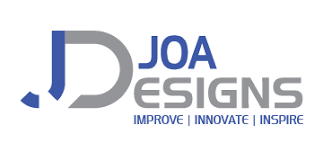
Innovation and Creativity:

- Agencies: Because they work with diverse clients and technologies, agencies often drive innovation. They’re exposed to the latest trends, tools, and materials—fueling creativity that might be hard to cultivate internally.
- In-House Teams: Internal designers can become too focused on existing products or company constraints, which can limit innovation. However, they can also deeply understand user pain points and tailor solutions accordingly.
Verdict: For disruptive ideas and cutting-edge design, agencies lead. For user-centric and brand-aligned innovation, in-house teams excel.

This comprehensive guide beautifully balances the pros and cons of leveraging industrial design agencies versus maintaining in-house teams for product development. It provides lucid insights that aid decision making by entrepreneurship, designers & managers alike.
This comprehensive guide provides a nuanced analysis of the advantages and disadvantages between industrial design agencies for product development versus in-house teams, shedding light on crucial decision criteria to ensure effective designs while optimizing cost efficiency. A must read resource!
An in-depth and well–researched guide that provides a clear perspective on the advantages of outsourcing industrial design to specialized agencies versus relying solely upon internal teams, making informed decisions for successful product development.
This comparative analysis provides a nuanced view on the在选择产品开发过程中,既阐述了工业设计机构和内部团队的优缺点之所在(which highlights both strengths and weaknesses of industrial design agencies versus in-house teams), offering crucial insights to decision makers seeking optimal product development strategies.
This comprehensive guide brilliantly contrasts the USP'S and potential pitfalls of utilizing industrial design agencies versus an in-house team, offering insightful wisdom for product development strategists aiming to maximize innovation efficiency while minimizing risks.
This comprehensive guide offers a balanced analysis of the trade-offs between outsourcing industrial design to agencies versus maintaining in house teams, presenting valuable insights for businesses weighing their product development strategies.
This insightful guide thoroughly examines the advantages and disadvantages of relying on industrial design agencies versus in-house teams for product development, offering a comprehensive analysis with real world examples to aid decision making.










